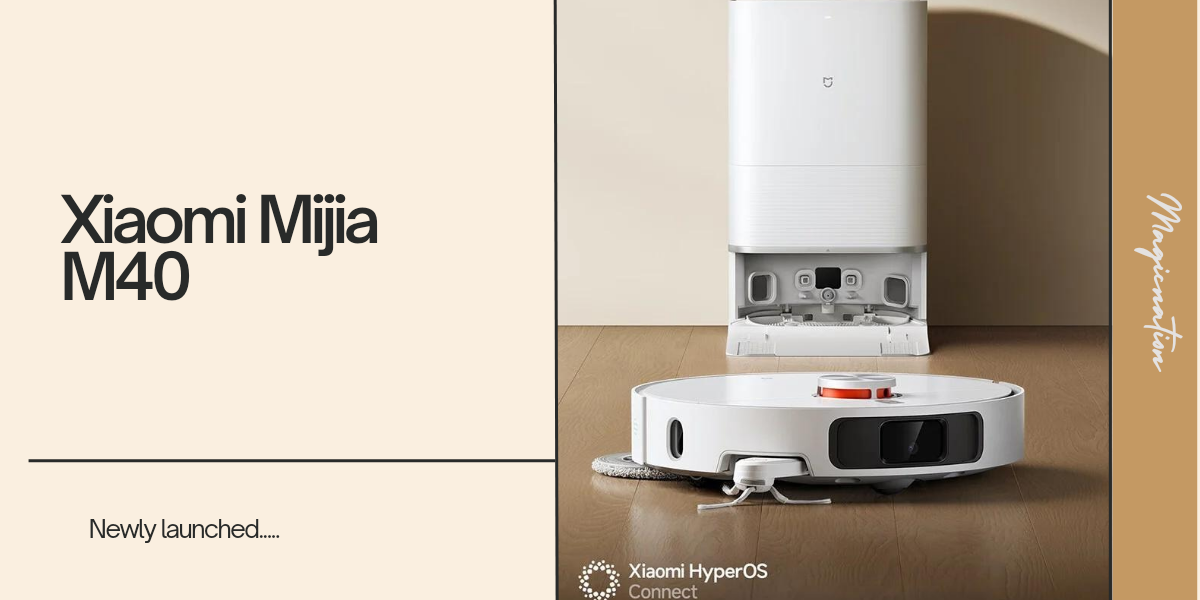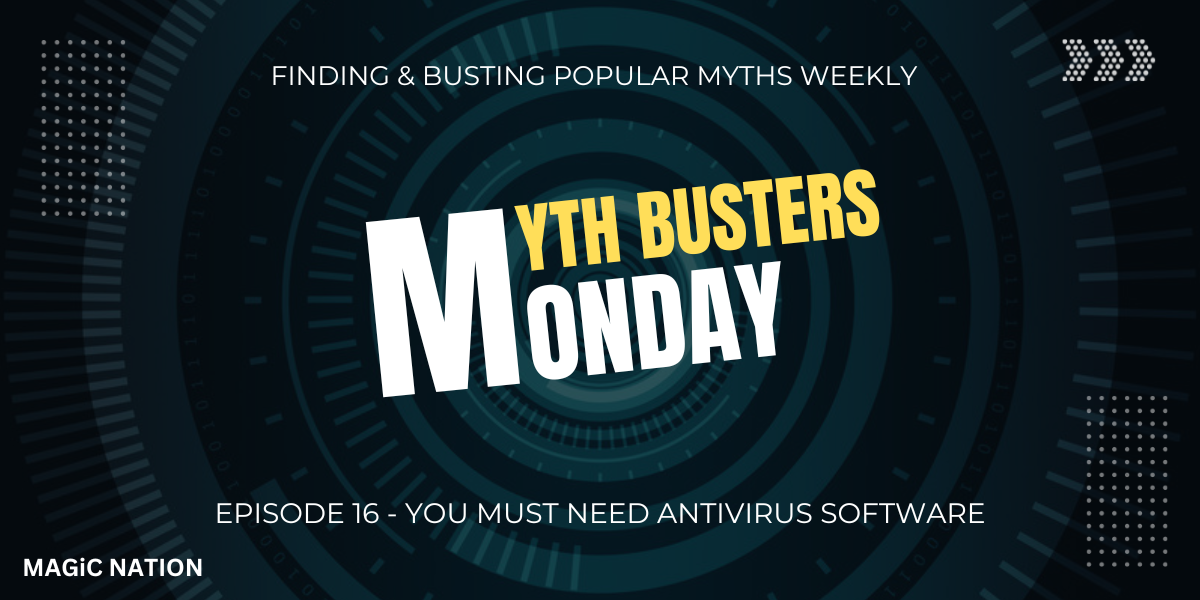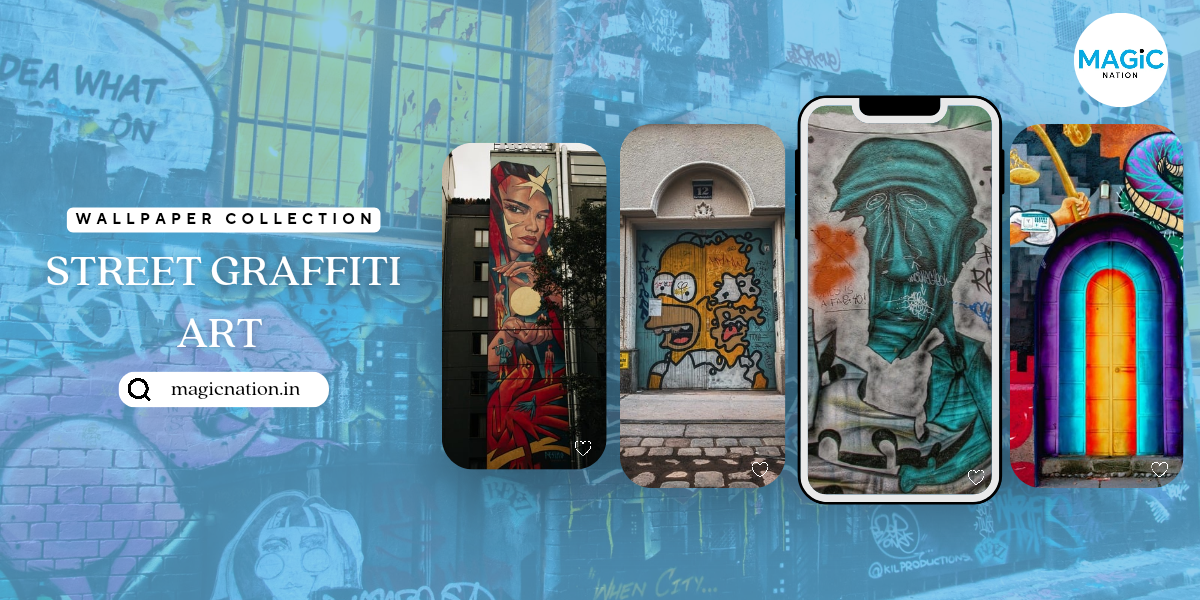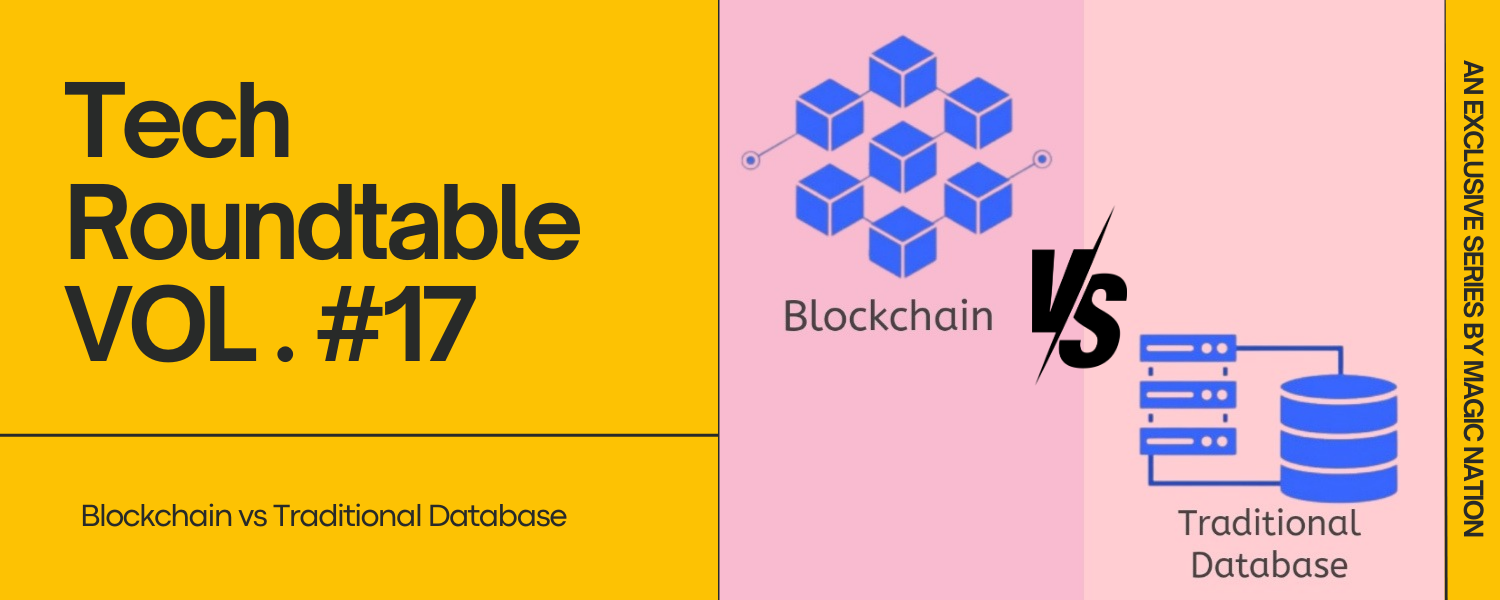
Introduction:
In the fast-paced world of digital transactions, the need for secure and seamless online payments has become paramount. As cyber threats continue to evolve, technologies like 3D Secure and tokenization have emerged as game-changers, ensuring a safer and more efficient online payment landscape.
The Need for Enhanced Security
With the increasing frequency of cyber-attacks and data breaches, the demand for enhanced security in online transactions has never been higher. This section delves into the challenges faced by the digital payment ecosystem and introduces 3D Secure as a robust solution.
Understanding 3D Secure

How 3D Secure Works
3D Secure is an additional layer of authentication that adds an extra step to the online payment process. It is designed to provide a protective shield against unauthorized transactions, enhancing the security and safety of online transactions. By adding this extra layer of authentication, 3D Secure helps prevent unauthorized use of credit or debit cards for online transactions, reducing the risk of fraud and providing peace of mind for both businesses and customers.
Tokenization and Detokenization

The Essence of Tokenization
The essence of tokenization lies in transforming sensitive information into secure, indecipherable tokens. This process involves substituting critical data, such as credit card details, with unique tokens, ensuring that the original information remains hidden. Tokenization enhances security during online transactions, rendering the tokenized data meaningless to potential attackers. This key player in cybersecurity safeguards sensitive data, mitigates the risk of data breaches and provides a robust defense mechanism for securing user information in the ever-evolving digital landscape.
The Detokenization Process
Detokenization serves as the reverse of tokenization, allowing the seamless retrieval of original data when necessary. This intricate process involves translating the secure, indecipherable tokens back into their original form. By detokenizing, organizations can access and utilize the initial sensitive information without compromising security. This dynamic aspect of tokenization showcases its versatility and pivotal role in maintaining robust security measures throughout the entire data lifecycle. Detokenization acts as a secure gateway, ensuring that sensitive data remains protected, even during retrieval, contributing to a comprehensive and resilient defense against potential security threats in the digital landscape.
Real-World Example: 3D Secure and Tokenization in Action
- User Initiates Payment: The user enters credit card details on the XYZ Payments platform.
- Tokenization Process: XYZ Payments converts the user's credit card info into a unique token. The token serves as a secure representation of the credit card data.
- Transaction Request: The user's purchase triggers a transaction request to the issuing bank for authorization.
- 3D Secure Authentication: 3D Secure is triggered, by adding an authentication step. The user receives a one-time passcode for additional security.
- Authorization and Tokenized Data: The issuing bank approves the transaction post-3D Secure authentication. XYZ Payments stores authorized transactions and tokenized data securely.
- Detokenization for Merchant: Merchant requests detokenization for actions like refunds or recurring payments. XYZ Payments securely reverses tokenization, providing original credit card data to the merchant.
Enhanced Security:
- 3D Secure: Adds an extra layer of authentication.
- Tokenization: Safeguards sensitive information by converting it into indecipherable tokens.
- 3D Secure: Requires additional user verification, reducing fraud.
- Tokenization: Mitigates the risk of fraudulent activities.
- 3D Secure: Balances security with a seamless online payment process.
- Tokenization: Streamlines payment processes for quick and efficient transactions.
- 3D Secure: Protects user data during transactions.
- Tokenization: Shields original data with token usage.
- 3D Secure: Aligns with regulatory requirements for secure online transactions.
- Tokenization: Helps businesses adhere to data security standards and compliance regulations.
- 3D Secure: Offers merchants a secure framework for online transactions.
- Tokenization: Facilitates secure handling of recurring payments and refunds.
In conclusion, the marriage of 3D Secure and tokenization represents a significant leap forward in fortifying online payment systems. As we navigate the evolving landscape of digital transactions, embracing these technologies becomes not just a necessity but a strategic advantage. By understanding and adopting these measures, we pave the way for a future where online transactions are not only secure but also seamless and user-friendly.
Join the conversation! Share your thoughts, experiences, and questions in the comments section below. Let's continue building a community that stays at the forefront of technology and its transformative impact on our lives.









